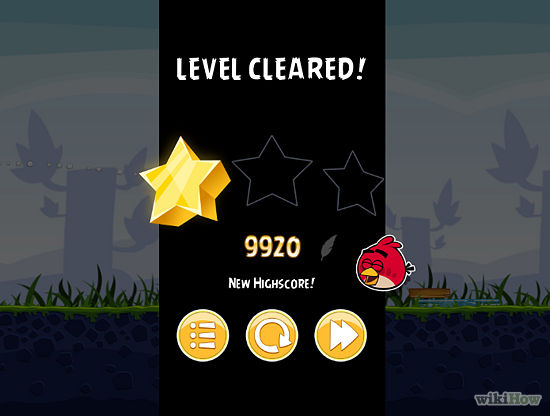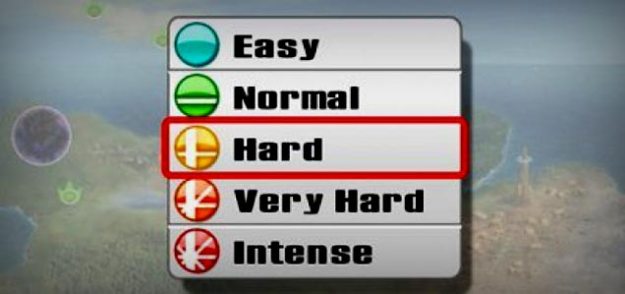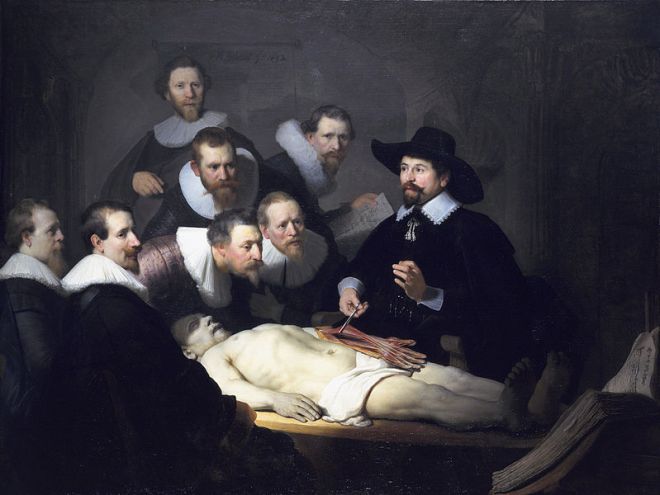
I have written in the past about the importance of making failure okay, and indeed par for the course, in education. The fact that games make failure normal, acceptable, and even fun is one of the many aspects of play that has drawn me to game-based learning, gamification, and gameful teaching/learning. But even when I tell students that it is okay to fail and build in a do-over system into my classes, it is still a struggle to get students to buy into the idea that failure is an acceptable and necessary component of learning. I am currently re-reading Jane McGonigal’s Reality Is Broken and have spent much time studying and contemplating her chapter on failure. McGonigal points out that there is a biological imperative to our avoidance of failure:
It’s to our evolutionary advantage not to waste time and energy on goals we can’t realistically achieve. And so when we have no clear way to make productive progress, our neurological systems default to a state of low energy and motivation. (70)
This would certainly explain why so many students choose avoidance over failure. But even when I believe that I have provided my students with clearly attainable goals and lavished them with multiple streams of formative feedback, sometimes even the most capable student will give up and become disengaged. It could be a problem with my perception of the assignments I am creating, the feedback I am giving, and the mechanisms for self-direction I have built into those assignments; perhaps my instructions are not as clear or the goals as obtainable as I believe them to be from the students’ perspectives. Perhaps it’s a problem with students’ self-efficacy beliefs or their ability to persist in the face of academic failure (which is certainly more life-threatening than virtual failures in a game). I can certainly try to address the former, but I am not sure what more I can do to remedy the latter. Another component that is within my control is the type of feedback that I provide students when they fail.
One of the reality fixes that McGonigal sees games providing is that of “fun failure:” “The right kind of failure feedback is a reward. It makes us more engaged and more optimistic about our odds of success” (67). She provides several examples of this in games and explains how studies have shown that players exhibit the most heightened positive emotions, such as excitement, joy, and interest, immediately after they have experienced failure. Why is this? McGonigal believes it is because games allow us to fail spectacularly and actively. In a game, failure is not something that just happens to you; it is not beyond your control. If you fail, it is because you did something wrong and you know it. And when you do fail, it is communicated to you immediately and usually in a way that is so celebratory (via sounds and visuals) that it renews feelings of positive engagement. According to McGonigal, the trick to accomplishing this magical failure reaction is pretty straightforward:
[Y]ou have to show players their own power in the game world, and if possible elicit a smile or a laugh. As long as our failure is interesting, we will keep trying–and remain hopeful that we will succeed. (67)
I am still grappling with how to achieve the first aspect of this method in my formative and summative feedback. But, in the meantime, I’ve decided to try to at least achieve the second aspect by attempting to elicit a smile or a laugh from my students when they fail.
I decided to start playing with integrating some positive failure feedback into my current short-term online FYC class. The easiest thing to start with, I decided, would be the quizzes, since Blackboard offers a way to provide immediate feedback to a student based on whether they answer a question/problem correctly or incorrectly. I had already added some positive feedback when students answered some of the most difficult questions correctly. This is something that seemed natural to me at the time that I was creating the quizzes. But I am not sure why it has never occurred to me to also provide positive feedback when students answer those questions incorrectly. For some reason, this seems counterintuitive to my teacher senses. But, if you think about it, it actually makes much more sense than providing feedback when a student gets a question/problem correct. If a student gets a question/problem correct, they don’t really need us to give them kudos: success should be reward enough. It is when a student has failed that they need the most encouragement. So, I decided to do this by trying to do two things: make light of their failure (it’s really not the end of the world that you got this question/problem wrong) and, by extension, make them smile or laugh (so, just dust yourself off and try again and, if you happen to fail again, you’ll get a good laugh out of it). I chose to do this by selecting .gifs featuring the minions from the Despicable Me franchise either failing miserably (and spectacularly) or comforting each other after such a failure. They are, after all, immediately recognizable, have a reputation for screwing up, and make us feel all warm and fuzzy because of their persistence and unfailing hope and happiness. I embedded the .gifs in the feedback box for incorrect answers on what I considered the most difficult questions in each test pool, choosing a random approach, since randomness is another way in which games reward the brain. My hope is that, should a student begin to become unmotivated in the face of failing to answer a difficult question correctly, a funny .gif will both make them smile and encourage them to try again with more confidence in their ability to succeed or, at the very least, get a good laugh if they fail again.
For future classes, I would like to try other ways of integrating positive failure feedback, especially with writing assignments. Even though students can attempt a writing assignment multiple times, for students who lack basic writing skills, it can often take anywhere from three to six attempts to get a piece of writing to an acceptable level and this can become extremely frustrating for them. If I can determine a way to make them feel more in control of their success and more empowered by their failures, I can perhaps keep them motivated and engaged.
I would love to hear readers’ thoughts and ideas on ways to provide positive failure feedback to students.




